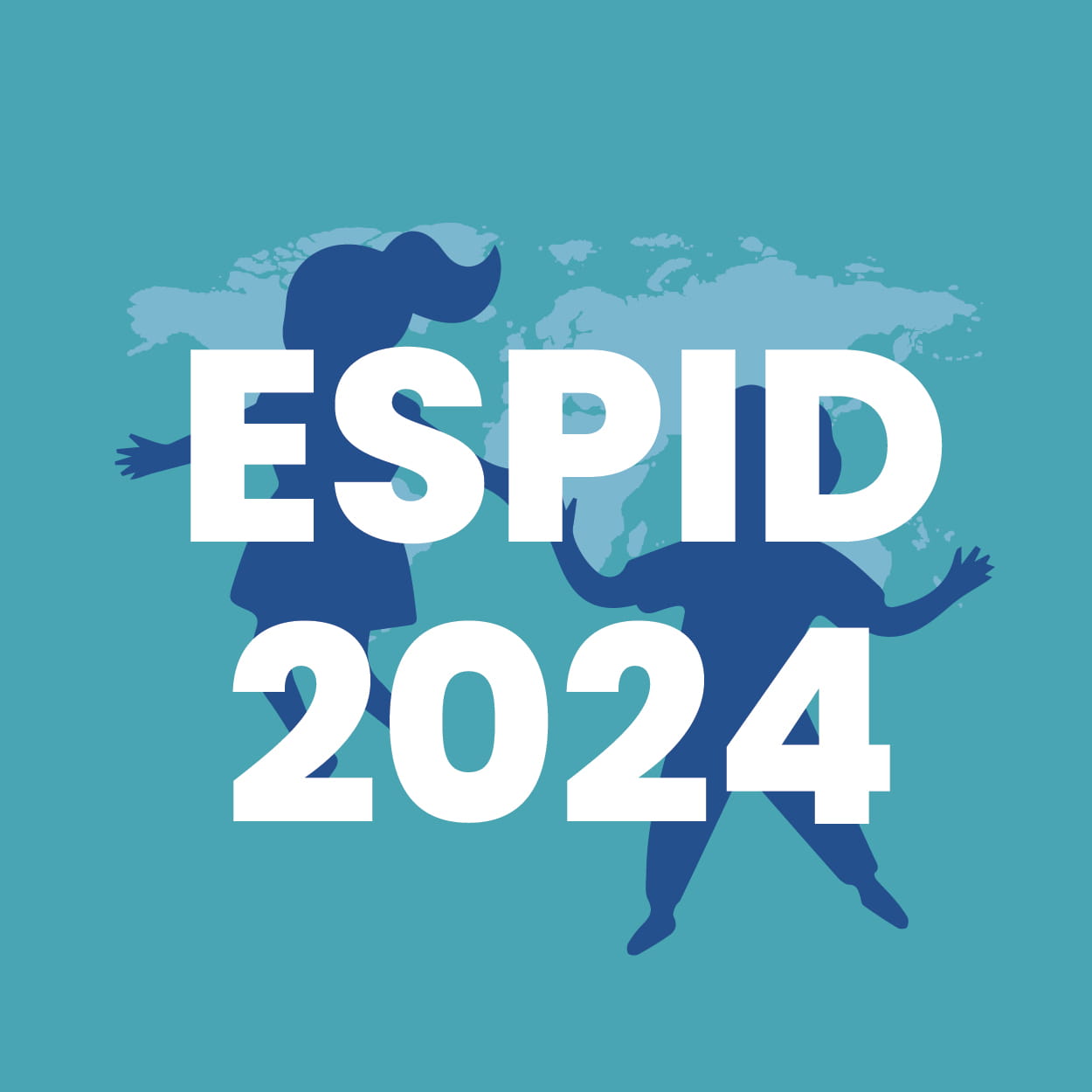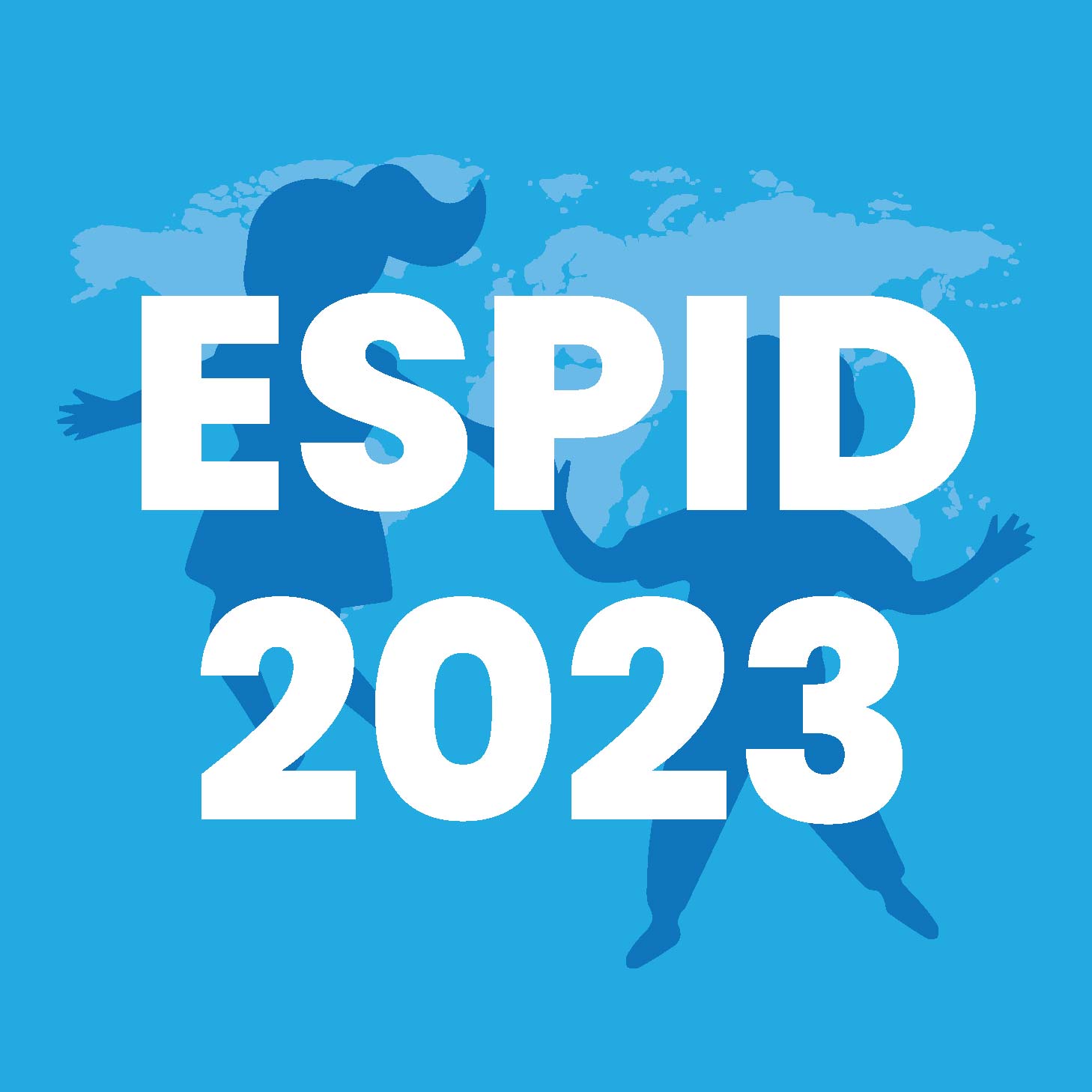Conference Highlights
ESPID 2025: Oral Presentation Session 05: Infections in Early Life
Discharging Low Risk Neonates with Suspected Early-Onset Sepsis on Oral Antibiotics: An 18 Month Experience
Speaker: Hansini Mandal, United Kingdom
Introduction:
Historically, suspected early-onset neonatal sepsis has been managed with a full 5-day course of IV antibiotics, leading to hospital stays of 5–6 days. However, the RAIN study demonstrated that in asymptomatic neonates, oral antibiotics are non-inferior to IV therapy. Despite this, UK guidelines continue to recommend IV benzylpenicillin and gentamicin.
Study Aims:
- Develop a guideline to identify low-risk neonates suitable for early discharge on oral antibiotics.
- Apply conservative criteria compared to the RAIN study to maintain safety within the context of UK practice.
- Assess the clinical impact, safety, and feasibility of the guideline in real-world settings.
Methods:
- Design: Prospective observational audit over 18 months (January 2023 – June 2024).
- Setting: A single neonatal unit in the UK.
- Inclusion criteria:
- Neonates <7 days of age with CRP testing.
- CRP between 10–50 mg/L.
- Blood culture-negative.
- Asymptomatic or mild clinical presentation.
- Initial approach:
- All neonates with suspected sepsis (via Kaiser Permanente sepsis calculator) received IV antibiotics.
- At 36 hours, CRP was measured:
- CRP <10 mg/L: Discharged without antibiotics.
- CRP ≥10 mg/L: Previously received full IV course.
- Revised guideline (from Jan 2023):
- CRP 10–25 mg/L: Eligible for direct discharge on oral co-amoxiclav.
- CRP 25–50 mg/L: Required lumbar puncture. If CSF WBC <20, eligible for oral discharge.
- Follow-up:
- Daily telephone follow-up by sepsis specialist nurses to monitor compliance and wellbeing.
- Review of readmission records and electronic health records to identify outcomes.
Results:
- 12,000 live births during study period.
- 1,603 neonates had CRP measured within 7 days of life.
- 513 neonates (32%) had CRP >10 mg/L.
- 388 (75%) had CRP between 10–50 mg/L and were guideline-eligible for oral antibiotics.
- 127 neonates (33% of eligible) were discharged on oral co-amoxiclav.
- 5 readmissions:
- 2 feeding difficulties
- 2 viral illnesses
- 1 balanitis
- Only 1 required admission (24-hour stay, no further antibiotics).
- No readmissions were due to undertreated bacterial infection.
- All discharged infants were blood culture-negative.
Clinical Implications:
- A quarter of treated neonates avoided prolonged IV therapy and were discharged earlier.
- Admission duration reduced from 5–6 days to approximately 2–3 days.
- No safety concerns or sepsis-related complications observed.
- Guideline found to be user-friendly by clinicians.
Future Directions:
- Expanding eligibility by increasing CRP threshold to 100 mg/L could raise potential discharge candidates from 75% to over 90%.
- Further evaluation needed on long-term safety and compliance metrics.
- Potential role in shaping national guideline updates and promoting antibiotic stewardship.
ESPID 2025, 26-30 May, Bucharest
Latest News
31 Oct, 25
31 Oct, 25
Other Conference Highlights
7 Nov - 10 Nov, 25
AHA 2025
New Orleans, Louisiana, USA
7 Nov - 10 Nov, 25
AHA 2025
New Orleans, Louisiana, USA
7 Nov - 10 Nov, 25
AHA 2025
New Orleans, Louisiana, USA
7 Nov - 10 Nov, 25
AHA 2025
New Orleans, Louisiana, USA




